Usually when I think of shapes, I think of geometry and of circles and triangles and squares and what not. I also think of curves, lines, hyperbolas and parabolas. I remember in Algebra 2 my teacher would make us to “Math Aerobics” in which our arms would mimic the shapes of different quadratic functions. Today’s discussion about shape in dance reminded me a lot about the silly “Math Aerobics” I used to have to do.
This morning, we discussed shape in nature, design, music, dance, and art, but nobody mentioned fashion and beauty. 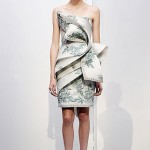 The human body comes in all sorts of shapes and sizes such as hourglass, rectangle, oval and the list goes on. As a result, clothing must be shaped in order to cover the body in eye-catching and flattering ways. Fashion designer Santino Rice appeared on the show “America’s Smartest Model” saying that one only needed 8 different geometric shapes in order to make beautiful clothes. A circle, triangle, square, rectangle, hexagon, pentagon, octagon, and oval when assembled together in the right way, could result in beautiful clothing. Famous fashion designers including Zac Posen, Marc Jacobs and Karl Lagerfeld have all featured geometric silhouettes and patterns.
The human body comes in all sorts of shapes and sizes such as hourglass, rectangle, oval and the list goes on. As a result, clothing must be shaped in order to cover the body in eye-catching and flattering ways. Fashion designer Santino Rice appeared on the show “America’s Smartest Model” saying that one only needed 8 different geometric shapes in order to make beautiful clothes. A circle, triangle, square, rectangle, hexagon, pentagon, octagon, and oval when assembled together in the right way, could result in beautiful clothing. Famous fashion designers including Zac Posen, Marc Jacobs and Karl Lagerfeld have all featured geometric silhouettes and patterns. 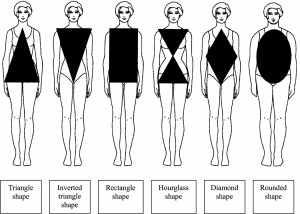
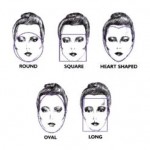 Much like the body, faces come in a variety of shapes as well. There are hearts, ovals, squares etc. In order to accentuate the shape of the the facial structure, it is important for people to wear their hair a certain way. Shapes also play an important role in one’s facial features. For example, do you have large round eyes or smaller almond shaped eyes? Although at first it seems like it doesn’t pertain to us, shapes are actually what make us up.
Much like the body, faces come in a variety of shapes as well. There are hearts, ovals, squares etc. In order to accentuate the shape of the the facial structure, it is important for people to wear their hair a certain way. Shapes also play an important role in one’s facial features. For example, do you have large round eyes or smaller almond shaped eyes? Although at first it seems like it doesn’t pertain to us, shapes are actually what make us up.

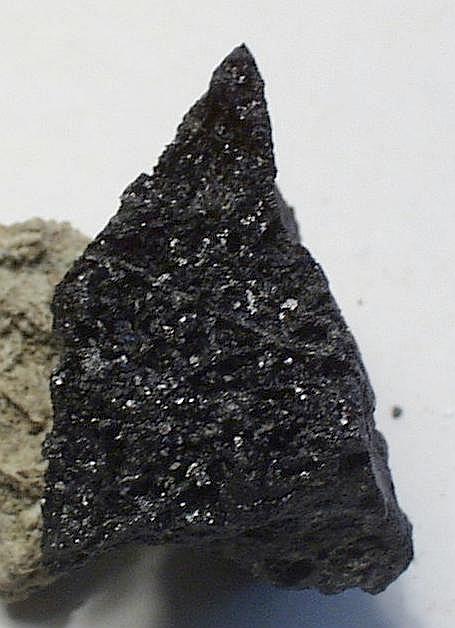


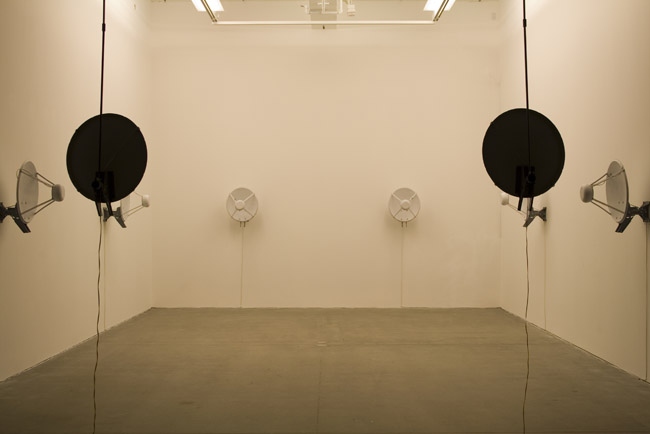

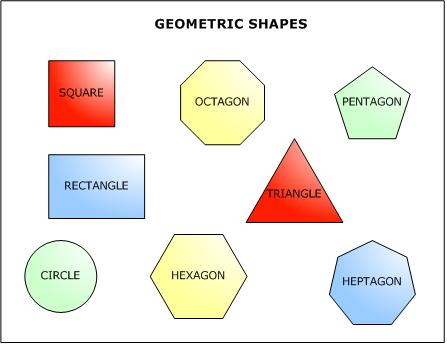 Shapes define our world…
Shapes define our world…





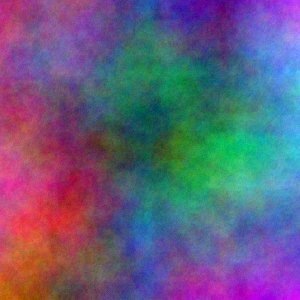 to the
to the  microelectronic, electronic devices, and semiconductors as well as making transmitting for microwaves and high temperature film. Another innovative use of plasma is in working with minerals and
microelectronic, electronic devices, and semiconductors as well as making transmitting for microwaves and high temperature film. Another innovative use of plasma is in working with minerals and 

